What Amazon Posts Is and How to Use It

Amazon Posts is Amazon’s latest attempt to blend a social-media-esque platform experience into its U.S. marketplace.
I say latest because Posts comes hot on the heels of Amazon’s first attempt, Amazon Spark, that was canned by Amazon in July this year.
You remember Amazon Spark, right? The place Prime Members could go to post and share images of stuff they bought on Amazon? Like, “Hey strangers, check out this waffle iron I bought!” No? Well, that probably explains why that terrible idea no longer exists…
Unlike Spark, Amazon Posts leaves the posting up to brands, giving them a new way to promote their products and brand.
In this article, I’ll dive a little deeper into who can use Posts, how to use it, and the pros and cons to it that I see for sellers right now.
Who Can Use Amazon Posts?
Let’s start off this article with a nice easy one for me…
Right now, Amazon Posts is only available to sellers on the U.S. marketplace if they’re part of Amazon Brand Registry.
Next question!
What Exactly Is Amazon Posts?
In the words of Amazon…
“Posts help shoppers discover new products and see what’s new from brands by browsing feeds of brand-curated content. Posts link to product detail pages, making each post in a feed shoppable, and each post includes category tags so shoppers can continue exploring posts in related categories.”
What that means, in the words of the English language is (which is a terribly constructed sentence, but like whatever)…
Posts allows brand owners to create Instagram-esque looking posts of their products on Amazon that link to their product listings.
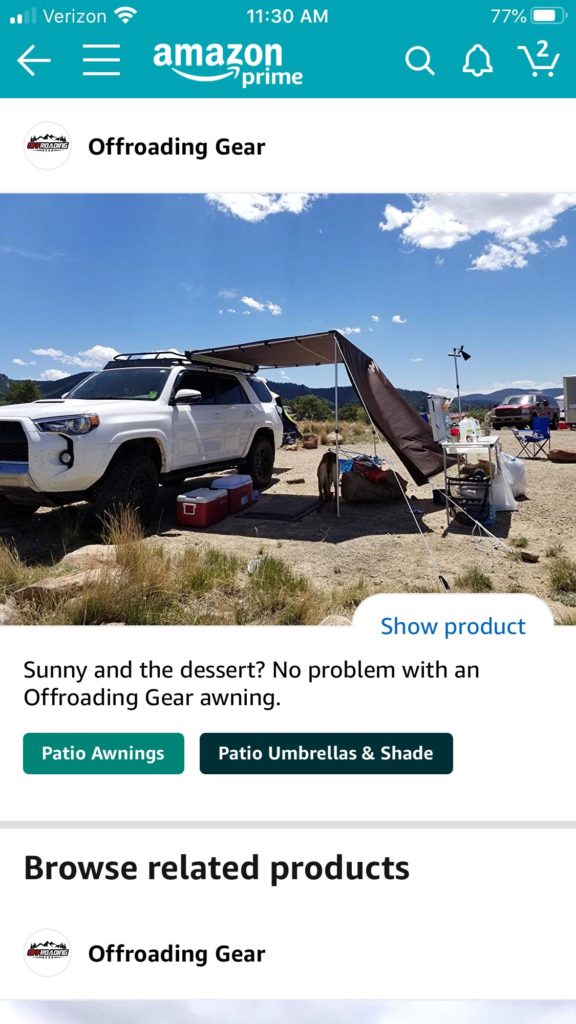
How Do You Set Up Your Business for Amazon Posts?
If you're products are eligible for Amazon Posts and your business is enrolled in Amazon Brand Registry, you're ready to move forward with signing up your brand.
To start things off, visit posts.amazon.com and sign in with your existing Amazon account.
Once you're logged in, click on the Get Started button. From there, you will be sent to a page where you'll choose the brand you want to sign up for Amazon Posts.
The next step is to upload your brand logo, AKA your shop's profile picture in social media terms. Click Submit and Continue and you're all set. You should expect to get feedback from Amazon in 24 hours.
A quick side note, when you're listing products, try listing some ASINs that are related to yours. This is how Amazon will figure out what category tags to set on your Post. Furthermore, you could also choose to schedule posts to try and maximize your product's visibility.
What Are the Elements of an Amazon Post?
Every Amazon post has 5 elements.
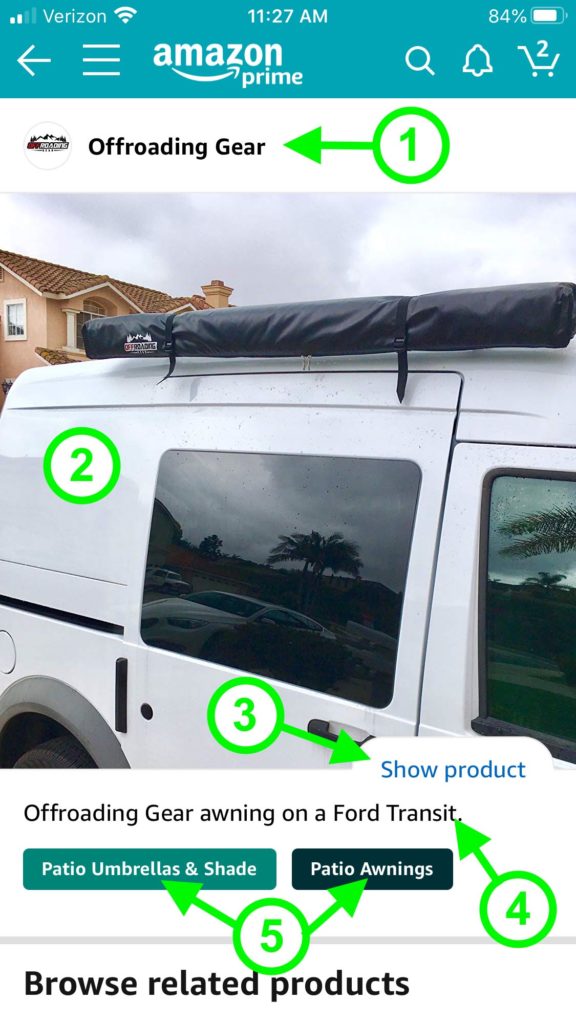
- Your brand name and logo
- Your image
- A ‘Show product’ button – When clicked this reveals a product mini card. Anyone that clicks on this gets taken directly to your listing.
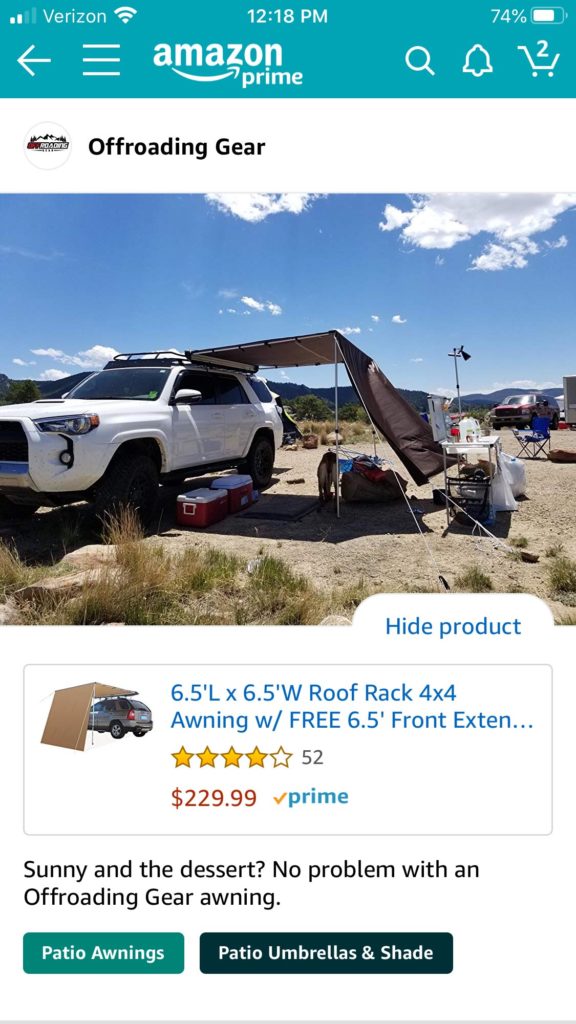
- Your caption – Amazon allows you up to 2,200 characters here, but keep in mind that only the first two lines will be displayed by default.
- Tags – Amazon will auto-tag your posts with relevant product categories. When shoppers tap on a specific category, this will take them into a vertical feed of related posts.
E.g. When you tap “Patio Umbrellas & Shade” it takes you to a list of all the posts (not just yours) that have that same tag.
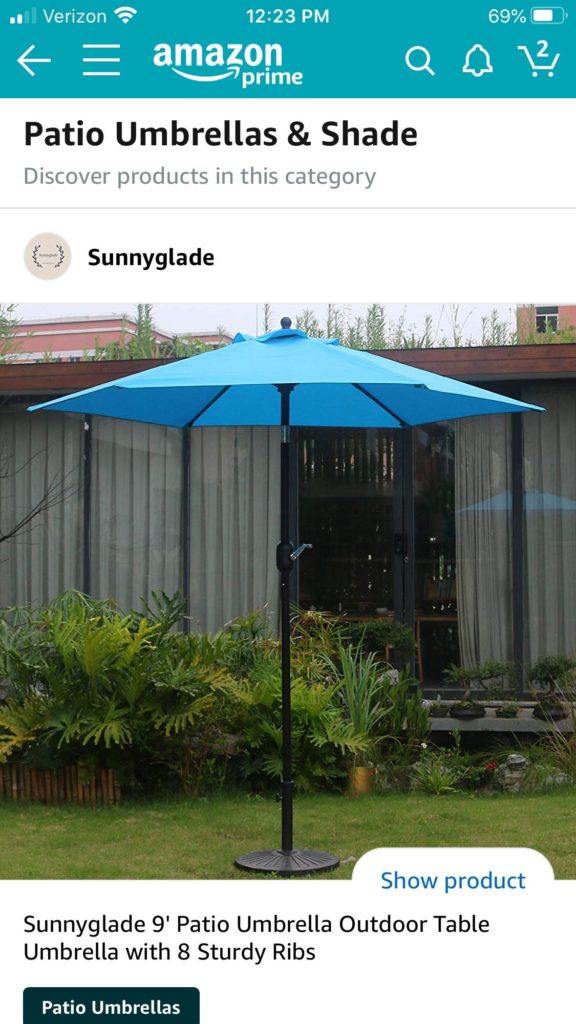
Where Do Amazon Posts Appear?
Before I get into where posts appear, I need to clarify something…
You do not get to choose where your posts appear and shoppers can only see your posts on mobile.
I’ll let Amazon explain further…
So, Amazon decides where they’ll appear, not you (you’ll have to ask them why)…
But here are the 4 places your posts can appear if the A9 god shines favorably upon you… ALL HAIL THE A9 GOD!!!
1. On Your Brand’s Product Listings.
If you go to any of your listings and scroll down, you’ll find your posts sandwiched between “Customers who bought this item also bought” and the “Customer’s Questions” section.
This location allows you to basically “cross-sell” your brand’s other products to shoppers visiting your listings.
2. The Listings Of Related Brands.
Aka, your competition.
This is a great way to get your products in front of the eyeballs of shoppers already looking at your competitors' products… assuming they scroll down far enough to see your post before deciding to buy.
The downside is, it’s also a great way for your competitors to catch the attention of shoppers on your listings.
3. Related Post Feeds
When people click on a post to view it, other related posts (as decided by the A9 algo) will appear below it in a section cleverly titled “Related Posts.” Amazon calls this a “Related Post Feed.”
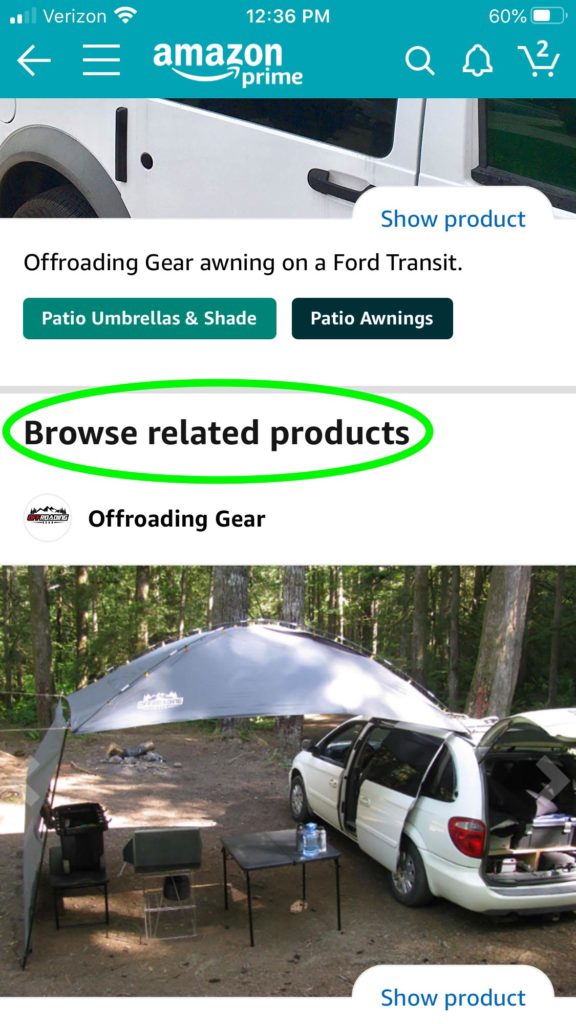
4. Category-based feeds
Category based feeds are based on the tags Amazon assigns to your posts. If someone clicks on the tag they get taken to that category feed full of any other posts that also have that tag.
Pros
- Right now it’s free – Free exposure for your brand on the universe’s largest shopping search engine can never be a bad thing.
- Repurpose social media content – if you already post brand content to social media, save time by reposting it on Amazon Posts.
- Help Your Brand Stand Out – Posts is new and right now not many brands are using it, so it gives you another way to stand out from your competition.
- Data On Shoppers – The Posts dashboard gives you access to engagement metrics, including views, clicks, and clickthrough rates so you can see what is and isn’t working and tailor your content accordingly.
- Posts Are Evergreen – As long as Amazon Posts is around, anything you post will live on your listings, and wherever else the A9 chooses to place it.
- No Limits – Right now you can add as many posts as you like. That means you can fill the Related Products and Product Categories field with as much of your content as possible before your competitors are even using Posts.
- Did we mention it’s free? – Unlike PPC there is no cost-per-click right now.
Cons
- No sale attribution – Amazon simply does not provide revenue metrics, so although you’ll know if people are clicking through to your listings from your posts… you won’t know if they’re actually buying.
- Time/Resource Suck – To make the most of Posts Amazon recommends that you post as frequently as you would on any social media channel.
- Amazon Chooses Where They Appear – You can’t choose where your posts will appear and you can’t choose the tags attributed to your posts.
- Your Competitors Can Use It – It’s yet another place your competitors' products can appear on your listings.
- Amazon Spark died for a reason – Beating your competition onto Posts could either prove to be a stroke of genius (look at you!) or a complete waste of time and resources (haha, look at you!). Only time will tell.
Do Amazon Posts Expire?
This is another advantage of using Amazon Posts. Just like in any social media platform, as long as you don’t violate any content guidelines, your posts will always be visible to anyone who shops on Amazon. If you’re wondering why your post isn’t immediately on Amazon’s platform after you make one, it’s because Amazon generally takes 24 hours to approve/reject a post.
The only way a post can be deleted is if you choose to take it off your shop. Amazon does also give you the option to set an end time and date for every created post. And while we're on the topic of making changes to your post once it's live, Amazon allows you to make changes to your posts once it's been published.
All you need to do is find the post you want to edit on your Amazon Posts dashboard. Once you're there, you can edit the caption or images of the post.
What Items Can You Not List on Amazon Posts?
Similar to every program on Amazon, any product that falls in Amazon’s prohibited products and services category will not be eligible for Amazon posts.
Even if your product does qualify, there are still certain limitations when creating an Amazon post. A couple of restrictions that not too many sellers will know about include
- Inserting contact details (email address, phone number, QR codes, etc.) on posts.
- Requesting to like, comment, or share content is also prohibited.
- Using promotional terms or calls to action that pressure customers into making a purchase such as last chance, click here, or don’t miss out.
- A profile logo and product image must be 640×640 pixels or larger in a PNG or JPG format that does not exceed 100 MB.
- Awards, accolades, or study claims must be no more than 18 months old.
For a full list of guidelines and policies, check out Amazon’s Posts Content Guidelines and Acceptance Policies page.
How to Be Successful with Amazon Posts
I say this with one caveat, ultimately the success of Posts overall will be governed by whether Amazon shoppers actually engage with the whole thing in the first place.
Only time will tell on that one.
But, assuming they do, here are some tips to making your posts work as hard as possible…
- Post multiple times a day – The more you post, the more people will see your posts, and get to know your brand.
- Repurpose posts from other social media channels – Posting multiple times a day takes time, so if you’re already posting on Facebook, Pinterest, Instagram or any other social media channel, reuse those posts on Amazon too.
- Use eye-catching pictures – As with any social media post, your image is what initially catches people's attention and gets them to stop and read.
- Your image quality is a reflection of your brand – Keep in mind these images might be the first time a shopper “meets” your brand. Poor quality images will reflect poorly, so ensure you have quality control when it comes to choosing your images.
- Grab them with your headline – You’re allowed up to 2200 characters, but by default, Amazon will only show the first two lines. Treat these 2 lines as your “headline”. Your headline should draw the reader into the rest of your copy. In other words, do not be dull.
- Add some curiosity – You can entice people to read your entire post by making your headline something they have to continue reading to find the answer too. For example, “5 offroading tips to save you from sunstroke.” Or “How not to use a tow rope.” If you can open a question in the reader’s mind there’s far more chance they’ll want to read on to find the answer, and that means more time spent with your brand.
- Test, test… and test again – Once you’ve been posting for a couple of weeks, check your Amazon Posts metrics. Use them to learn which type of pictures, headlines, copy, and length of copy your audience most responds to, and then replicate the highest performers in your new posts.
How Does Amazon Posts Differ From Other Amazon Advertising Options?
The most glaring difference of Amazon Posts compared to other advertising options on Amazon is that Posts is 100% free. It does come with a lot of limitations though since you won’t have data on certain KPIs and have zero control on where your product will be shown.
On a positive note, it gives you a chance to showcase your products in a more storytelling approach to increase brand awareness.
Conclusion
It’s still in the early days but Amazon Posts gives you a social media-esque platform to grow the awareness of your brand with potential customers.
By getting in now and posting regularly, if Posts does prove to be a success, you’ll gain an advantage over your competitors that aren’t using it.
And if it doesn’t prove to be a success (ahem… Amazon Spark) you can soften the time suck by repurposing posts from your other social media feeds.

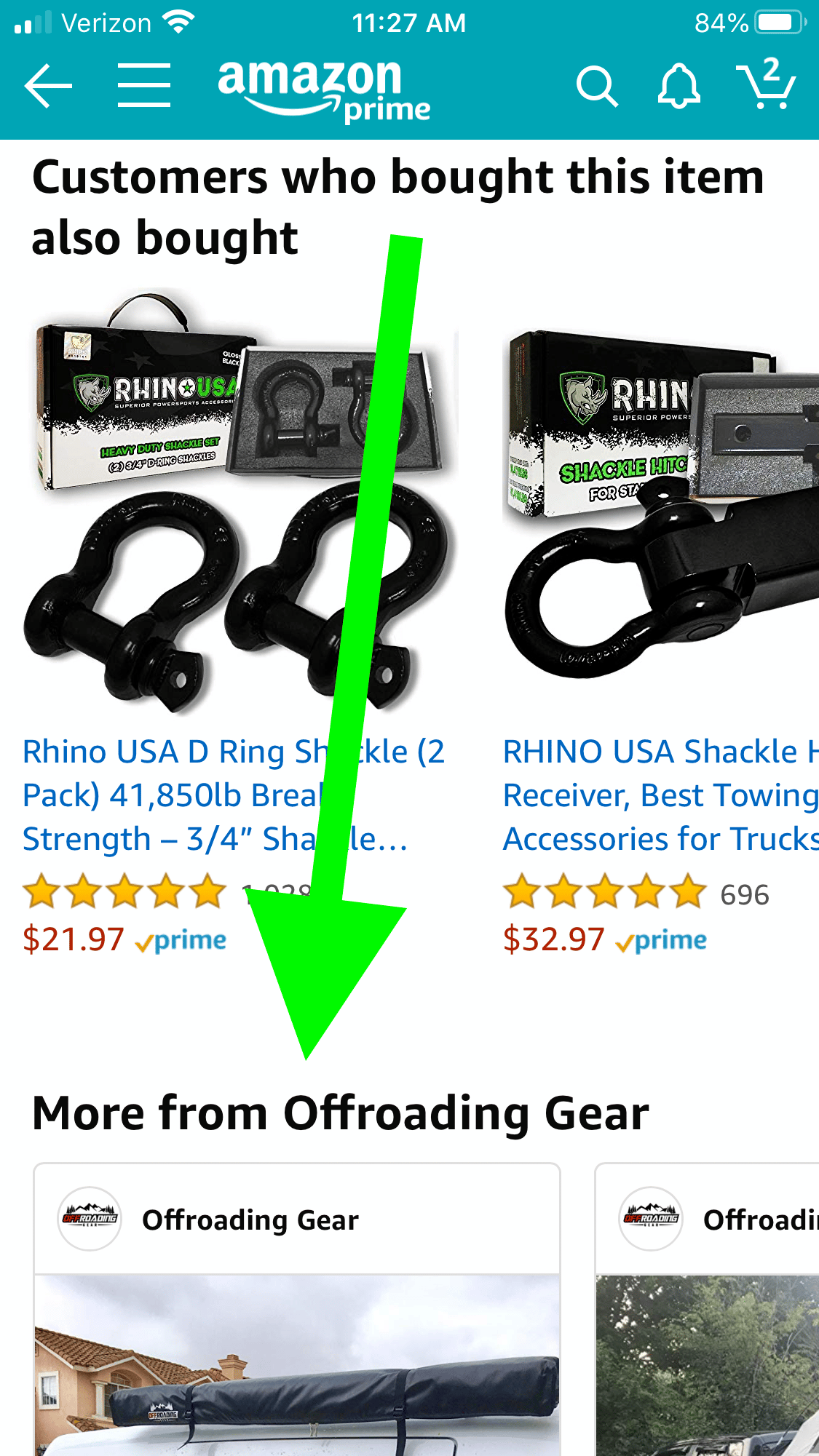




Great post! I’m intrigued by the concept of Amazon Posts and how it can help me reach a larger audience. How do I make sure my posts are shown to the right people at the right time? What are some best practices for creating engaging and relevant content? Looking forward to learning more!
Where do you locate amazon posts feature in seller central?
Good information. Thank you